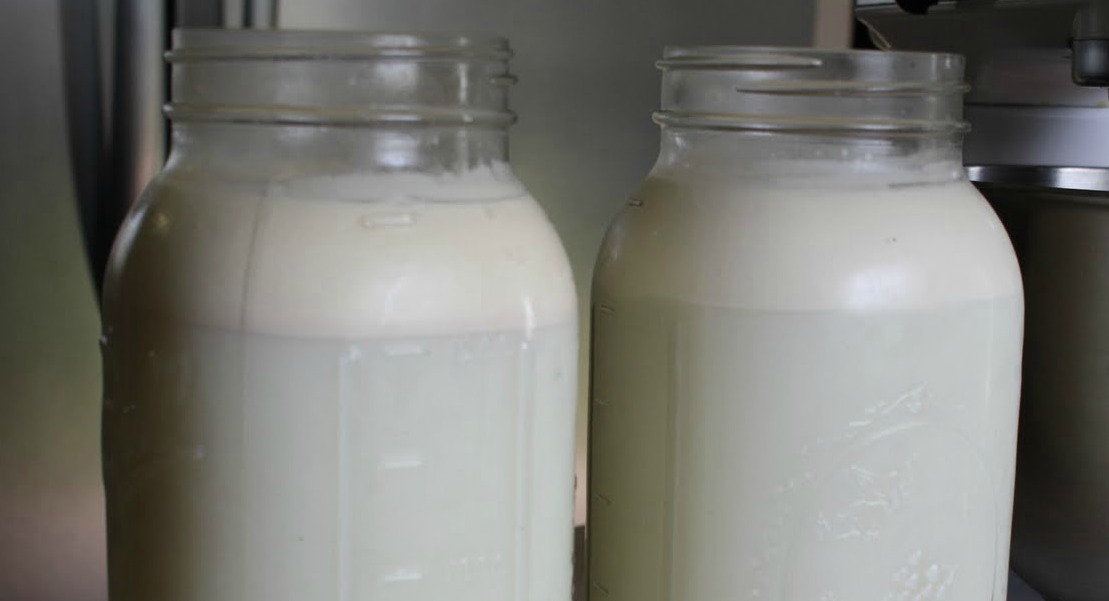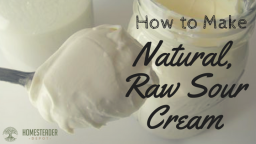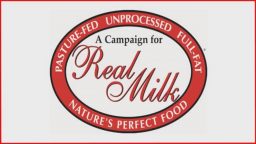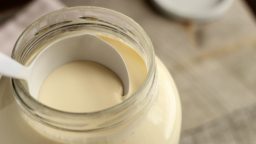Sour cream is a delicious staple condiment of American cooking, that can greatly enhance the taste of many delicious dishes, from potato pancakes, to baked potatoes, to nachos.
Most people will be familiar with the store-bought version, a thick, gooey cream that comes in a plastic container and often with additives and even artificial flavoring. But did you know you can very easily make your own at home?
Like pickles, homemade sodas, yogurt, and sourdough, sour cream is one of the many delicious, healthy, and easy home fermentation products that anyone can try themselves. And it just so happens to be one of the easiest! You don’t need anything at all but raw milk. However, that the milk you use be raw is essential. Pasteurized milk, that has been heated to very high temperatures to kill the bacteria that naturally occurs in the milk, simply won’t sour the way cream from raw milk will, and it is also homogenized, meaning the cream won’t naturally separate for you to harvest.
When you buy fresh, raw milk, if you let it sit for awhile, cream will naturally separate on the top, and this is what you can use to make sour cream. Here’s what it looks like:

As you can see there is a distinct line between the cream on top, and the milk. That cream is what you use to make sourcream. Also, if you have milk that has naturally soured before you were able to use it up, you can use the cream on top for sour cream. This is a great way to use up soured milk!
Here’s what you do:
Skim the cream off the top of your raw milk, and place in a small jar. I find a metal measuring cup works best for this, but you can use anything you can dip into the cream and extract it, without mixing the milk in with the cream.
If you get a small amount of milk in with the cream you’re skimming, don’t worry, it will naturally separate later.
Once you’ve collected all your cream and put in a separate jar, cover loosely with the lid, and leave on your countertop for 24 hours. After 24 hours, taste and smell it, to see if it has soured. It should have thickened in this time, although it won’t be as thick as store-bought sour cream. Depending on the weather, it might need another 24 hours, just use your own judgment and preference.
When soured, tighten the lid, and put in the refrigerator, will it will thicken even more. Use as you would regular sour cream, and enjoy!
If you enjoyed this, you might also like….
Do You Have What You Need to Hold Down the Fort?
Natural Healing Secrets You Need to Know…
Effective Primal Diet Hacks…





